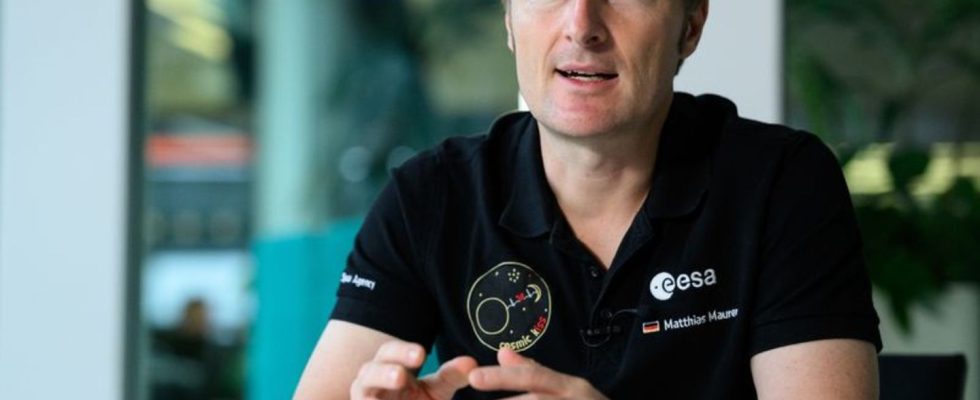Space travel
Astronaut Maurer: The lunar training facility will be ready in May 2024
The German astronaut Matthias Maurer would like to fly to the moon himself. photo
© Bernd von Jutrczenka/dpa
Astronaut Matthias Maurer hopes to one day fly to the moon. But before that, the lunar landscape comes to him, so to speak: in a lunar training hall, the construction of which has now begun.
The starting signal for the construction of one The lunar training hall at the ESA European Astronaut Center in Cologne has fallen. “The construction site is currently a big hole. It will be filled with concrete in the next few weeks. And a training hall will be there in May next year,” said astronaut Matthias Maurer to the German Press Agency.
The first training sessions for astronauts should be possible in the second half of 2024. “And we will hopefully achieve full performance by 2025,” said the 53-year-old as one of the project managers.
Lighting conditions like in space
The hall will be filled with around 900 tons of volcanic sand: in a special mixture that has the same grain size distribution and the same chemical composition as the moon sand. “Then we can practice for the moon in this 700 square meter surface in the hall,” said Maurer, who was on the International Space Station ISS for 177 days from November 2021 to May 2022. This orbits the earth at an altitude of 400 kilometers. The Saarland native would like to fly to the moon himself.
The hall will also have lighting conditions similar to those in space and a rope system that will reduce the perceived weight to a sixth. “I will be as heavy there in the hall as I will be on the moon and can learn how to work on the moon.” In the “Luna” training hall you will be able to check, test and practice everything, from the moment the lunar module touches down until it takes off six or seven days later. “It will be the best lunar training facility in the world,” said Maurer.
It is important that the facility fits 100 percent with NASA’s lunar program, said Maurer, who is the center’s deputy director. He assumes that NASA astronauts will also use the hall.

